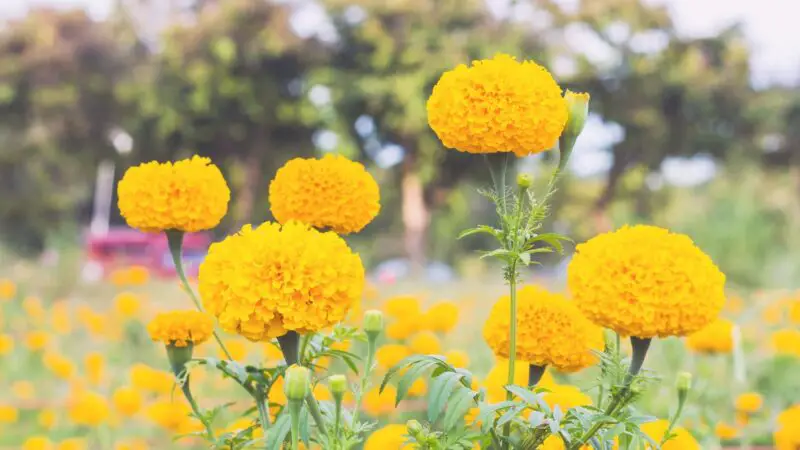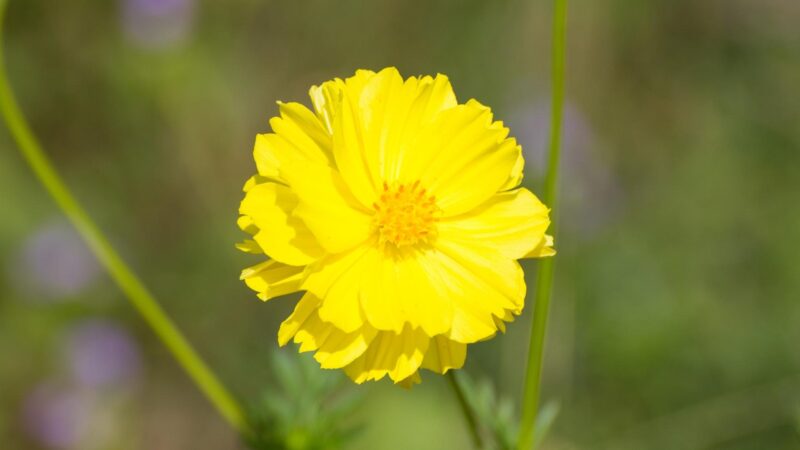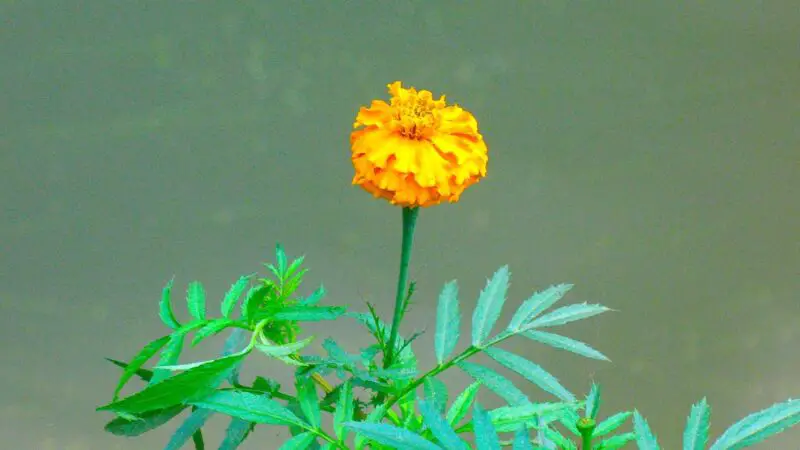Marigolds are pretty flowers with a bright yellowish-orange color. They are used in a variety of recipes, including salads, and as a herbal medicine. They are lovely to see in the garden and, I admit, is one of my favorite flowers. As a bonus, I can also give them to my guinea pigs!
Marigolds can be eaten by guinea pigs either fresh or dried. However, this should not be fed to them on a regular basis, but rather as a treat. That’s why my typical serving frequency is twice per week.
Table of Content
Are Marigolds Good for Guinea Pigs? | Health Benefits

- The ointment of marigold can treat many skin issues like sunburns, bug bites, warts, ulcerations, and even acne, wounds, dry skin, and blisters.
- When consumed, marigolds can improve overall gut function. Any stomach inflammation symptoms are relieved, as are gastritis and acid reflux.
- Herbalists confirm that the marigold flower cleanses the organism and removes viruses. Thus, it detoxifies the whole body, especially the gallbladder and liver.
- Consuming marigold helps the organism fight off many illnesses, common colds, flu, and infections. With this, the lymphatic system is kept healthy too.
- Marigold flower contains many antioxidant compounds, such as carotenoids, which help to fight diseases like cancer and keep the immune system in good shape.
- Marigolds can keep the eyes safe from many eye diseases like cataracts or macular degeneration.
Nutrition Facts of Marigolds

- Calendic acid – This compound soothes the gastrointestinal tract and the gut lining. Also, it prevents cramps, ulcers, diarrhea, or painful bowel movements.
- Carotenoids – Act as antioxidants. This keeps all organs healthy and improves the overall immunity.
- Tocopherols – Compounds that are linked with vitamin E. It reduces inflammation, and keeps the skin safe from cancers and aging too.
- Calendulin (plant sterols) – This prevents heart disease and lowers cholesterol. These sterols prevent rectal, colon, and stomach cancer.
- Linoleic acid – This acid builds muscle mass and helps with losing fat. So, there is less risk of obesity and better chances of keeping up a healthy weight.
- Polysaccharides – Are compounds that boost immunity. Their role is to store energy in the body after food is consumed.
- Flavonoids – They lower the risk of asthma, cancers, stroke, and heart problems.
- Triterpenes saponins – These make any wounds heal fast. It also acts like diuretics, which make for the better excretion of urine in the body and healthier urination.
- Oleanolic acid glycosides – These compounds kill microbes, act as antioxidants, remove inflammation and they make skin more elastic.
- Lutein – Keeps the retina of the eye healthy, thus reducing the risk of eyesight problems that can lead to macular degeneration.
Are Marigolds Bad for Guinea Pigs? | Possible Risks

If you decide to give your cavy fresh marigolds, choose an area free of pollution and dirt. As a result, if possible, keep marigolds in your own garden. Also, after picking and rinsing them, thoroughly check them for bugs or dirt.
If the marigolds are picked near streets or dirty areas, they may contain toxins or pollutants. Furthermore, unless you grow this flower in your own garden, make sure that it does not contains pesticides.
If the marigold was sprayed with pesticides or picked from a polluted area, the guinea pig will experience painful digestion, nausea, or diarrhea. If this happens, contact your vet immediately!
Serving and Frequency of Marigolds for Guinea Pigs

How Much Marigold Can a Guinea Pig Eat?
Marigolds should be given to guinea pigs in small amounts and occasionally. One to two large marigolds or two to three small marigolds should be given to an adult guinea pig. Avoid giving marigolds to young guinea pigs.
If you are feeding your pet marigolds for the first time, give them a modest amount and observe for any reactions. This is a good practice when introducing any new food for them.
How Often to Feed Marigolds to Guinea Pigs?
Twice per week is a good rule of thumb. More than this, or more frequently, may cause digestive issues in the guinea pig. Furthermore, not more than twice a week allows you to include other foods in the guinea pig’s diet for rich food variety and good nutrition.
More Information About Guinea Pig and Marigolds
How Does a Marigold Taste Like?
People who have consumed marigolds have included petals for cooking or decoration of foods. Usually, the petals are used in various salads, and the leaves, pistils, and stamens are thrown out.
The taste is peppery or spicy, so for me personally it tastes better when mixed with something else. The aroma can be quite strong. So if your guinea pig dislikes marigold by itself, you can introduce it slowly with another food the cavy can consume.
Can Guinea Pigs Eat Marigold Leaves?
Guinea pigs can eat marigold leaves. It is incredibly nutritious for them. In order to increase the nutrients, you can either feed the cavies fresh or combine it with hay.
Ensure the leaves are clean and chemical-free before giving them to your guinea pigs. Simply washing the leaves won’t get rid of fertilizers and pesticides. The cavies might become quite unwell if they consume such leaves.
Can Guinea Pigs Eat Dried Marigold Flowers?
Guinea pigs can eat dried marigold flowers. Your guinea pigs won’t get hurt by it. Although it already has a strong scent to its flowers, dried’s flavor and aroma are stronger. Additionally, before serving, it should be correctly cleaned and dried.
Quick Facts on Marigolds

- The marigold originates from South America and Mexico.
- Its cultivation has started back in the 16th century. The Spanish travelers and explorers brought this flower from South America to the European countries.
- Marigold is not always yellow-orange. It comes in the colors red and maroon as well.
- The term ‘marigold’ comes from the term ‘Mary’s gold.’ This term was coined by Christians who put flowers instead of coins, on Mary’s altar.
- Marigold is also known as Calendula, its botanical name. This term comes from the Latin language, meaning ‘little calendar or clock.’
- Other names are Holigold and Maidens of the Sun because of their vibrant yellowish-orange color.
We have also made a full list of foods that guinea pigs can and can’t eat (150+ Types of Foods). Be sure to also check our recommended products page for everything you will ever need to assure a happy life for your guinea pigs. Hope this information was helpful and you have found the answer you were looking for.
List of Sources
A Care Guide for Your Guinea Pig (Cavia Porcellus)
How to Care For Your Pet Guinea Pig
The Effects of Diet on Anatomy, Physiology and Health in the Guinea Pig
